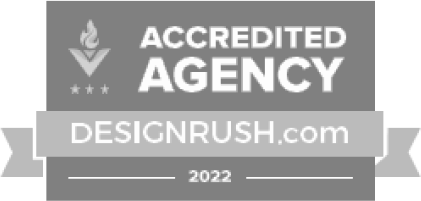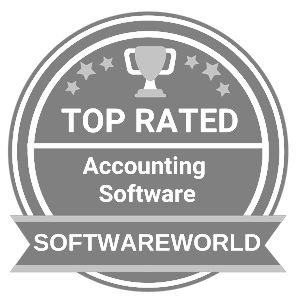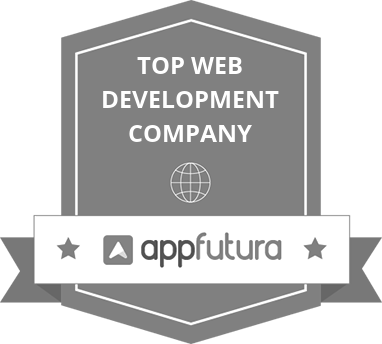The portal for software
developers and designers,
IT-professionals and students

Join the Tech Elite!
Our partner, the Microsoft Corporation, hardly needs any introduction. In 2014 we pooled our efforts and launched a portal to run the summer training campaign for software developers and designers, IT professionals and students — Join the Tech Elite!
Setting up an educational portal, where users can find numerous hyperlinks to helpful resources and training courses in different fields (mobile development, web development, safety features, teleworking, etc.). The website also hosted a contest where the participants were given assignments and could earn points; the winners received valuable prizes at the end of the month.
Everything started with creating a plot. We discussed our versions with the English-speaking team of the project organizers. The versions were illustrated by numerous sketches. Finally, we decided on the idea about three geeks (two guys and a girl) who travel around Eastern Europe.

For each page of the website we were to offer and draw thematic illustrations visually describing the Adventure of the Geeks in Eastern Europe.
The number of the website pages matched the number of the project member countries; therefore, the decision was made to link the storyline of each illustration to one of the landmarks of the involved countries (The Heroes’ Square in Budapest (Hungary), Bojnice Castle in Slovakia, etc.)
- the storyline must be consistent with the theme of the page.
- all the events take place in one of the cities of Eastern Europe, preferably with an iconic sight.
- the geeks must use Microsoft products in these events.
We came up with a lot of beautiful illustrations. They were so beautiful that we were even told to add some roughness to them to make them look like hand-drawn sketches. The illustrations were also discussed with the project team in English.
process






The major challenge was handling a large number of versions for different countries. The website supports 13 languages. Which of them should be downloaded is defined by the geolocation. Some of the versions are markedly different in their structure (for example, Hungary did not have any contest at all). We adapted the design of different website elements to the length of the words used for their counterparts in 13 languages. The portal was like a continually changing Lego construction site — new countries were being added, the general content was changing, some language versions were being extended through their own elements.
The filling of the website with content also had its specifics. Each office in the member countries received templates to be filled. We put the prepared texts onto the respective version of the website and added the required hyperlinks; note that new amendments and additions were sent almost every day. In the meantime, some languages can be quite brain-taxing; for example, the Greek uses neither Latin nor Cyrilic script. Dealing with such situations was not easy, though very interesting. And we did everything alright.
After the launch we continue the maintain and support of the portal. We updated the information about the contest, published the names of the winners and examples of success case studies sent by the organizers from different countries.
The Microsoft Corporation launched an international educational portal for software developers and designers, IT professionals and students; the portal provided information in 13 languages. The number of member countries was even larger (languages were the same for some of the countries).



A lot of people all over the world, first-timers and experts, have acquired new knowledge and skills. The most successful students of the Microsoft Virtual Academy and from each of the country were awarded excellent prizes.

It was an interesting and creative project for us, where we worked with a huge international audience.

Maxim
manager

Anton
manager

Yevgeny

Ivan

Pavel

Sergey

Leonid

Gleb
















